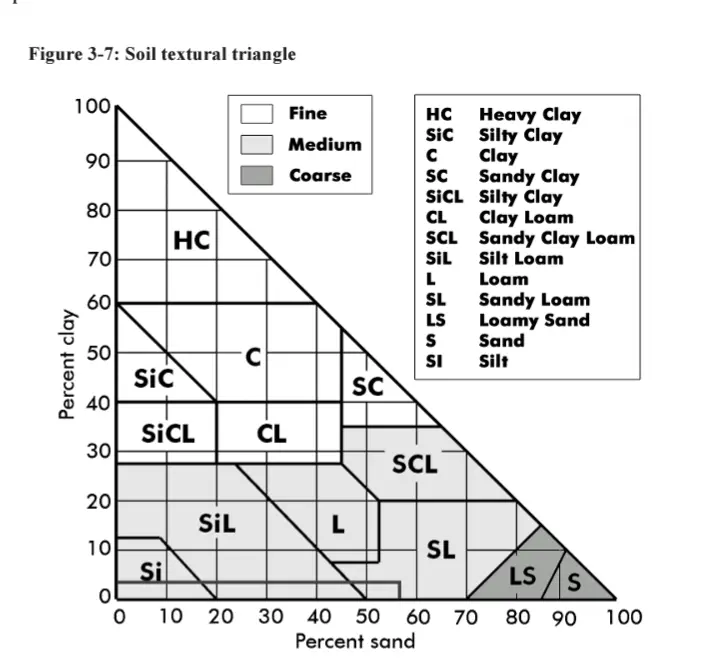view the rest of the comments
Cool Guides
Rules for Posting Guides on Our Community
1. Defining a Guide Guides are comprehensive reference materials, how-tos, or comparison tables. A guide must be well-organized both in content and layout. Information should be easily accessible without unnecessary navigation. Guides can include flowcharts, step-by-step instructions, or visual references that compare different elements side by side.
2. Infographic Guidelines Infographics are permitted if they are educational and informative. They should aim to convey complex information visually and clearly. However, infographics that primarily serve as visual essays without structured guidance will be subject to removal.
3. Grey Area Moderators may use discretion when deciding to remove posts. If in doubt, message us or use downvotes for content you find inappropriate.
4. Source Attribution If you know the original source of a guide, share it in the comments to credit the creators.
5. Diverse Content To keep our community engaging, avoid saturating the feed with similar topics. Excessive posts on a single topic may be moderated to maintain diversity.
6. Verify in Comments Always check the comments for additional insights or corrections. Moderators rely on community expertise for accuracy.
Community Guidelines
-
Direct Image Links Only Only direct links to .png, .jpg, and .jpeg image formats are permitted.
-
Educational Infographics Only Infographics must aim to educate and inform with structured content. Purely narrative or non-informative infographics may be removed.
-
Serious Guides Only Nonserious or comedy-based guides will be removed.
-
No Harmful Content Guides promoting dangerous or harmful activities/materials will be removed. This includes content intended to cause harm to others.
By following these rules, we can maintain a diverse and informative community. If you have any questions or concerns, feel free to reach out to the moderators. Thank you for contributing responsibly!


How can clay loam be 30% clay, 70% silt and 50% sand?
You're reading the chart wrong, you have to follow the axis lines that match the angle of the numbers
I think I see what you mean, but really then you're only ever looking at soil made up of two types. Clay loam could be 30 clay / 70 silt, or 60 clay / 40 sand, or 30 silt / 70 sand. That doesn't make sense, because you could also, for example have a 30 clay / 70 silt in the sandy clay loam or silty clay loam regions - the 3rd thing is supposed to tell you where along the line you stop, yet whenever you do that you have 3 percentages that add up to more than 100%.
Maybe you wouldn't call it 50% sand, and instead pick one of the sand diagonals to get a point in the clay loam region, but no matter how I look at it the percentages don't add up.
You're misinterpreting the lines. Each number only corresponds to the line perpendicular to the 100 point on their axis, and each line only corresponds to one number, not the 2 it looks like it connects to.
So for example, if you're looking at the middle-top point of the "clay loam" category, right above the 'l', you get 30% sand/40% clay/30% silt.
*I whipped up a rough layout that better indicates which number goes to which line: https://files.catbox.moe/ljm6ih.png. Would be even better with the numbers aligned more precisely, but it's not worth the effort for all that.
No I think you're still misunderstanding. For example, here I've chosen a random point in the clay loam section of the chart. We can follow the three lines to the numbers on the sides of the triangle and see that this clay loam would be made up of 30% clay, 30% silt, and 40% sand. You have to follow the lines that match the angle of the number on the side of the chart you are looking at.